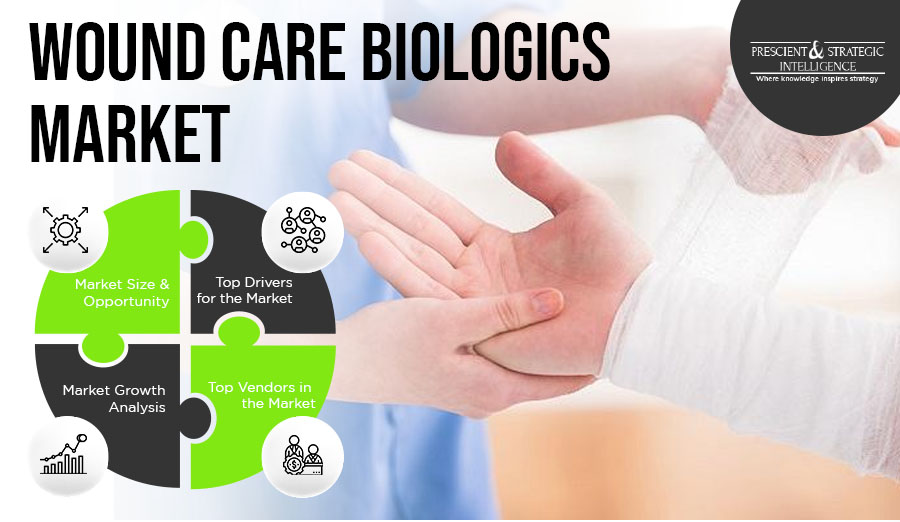The zero-trust architecture market was valued at USD 17.0 billion in 2023 and is anticipated to grow at a CAGR of 18.5% from 2024 to 2030, reaching USD 55.0 billion by the end of the decade.
This market growth is attributed to factors such as the increasing frequency of cyberattacks, the rising adoption of Bring Your Own Device (BYOD) and Choose Your Own Device (CYOD) policies, expanding use of cloud services, growing digital awareness, the shift towards remote work, and compliance with stringent data protection regulations.
Zero-trust architecture (ZTA) is gaining widespread adoption as businesses across industries face an evolving cyber threat landscape. Traditional security models, which assumed all internal activity was safe, are proving inadequate. Ransomware, data breaches, and other attacks exploit these outdated approaches, with global organizations facing approximately 1,100 attacks weekly.
The COVID-19 pandemic accelerated the need for robust security measures due to the proliferation of remote workforces and mobile devices. Remote employees connecting from various locations and devices introduce new risks that traditional security protocols cannot mitigate effectively. As a result, enterprises are increasingly turning to zero-trust models to secure their distributed workforce.
Key Insights:
- Retail and E-commerce: Expected to grow at a CAGR of 20% due to changing consumer behavior, technological advancements, and increased reliance on digital platforms.
- Zero-Trust Necessity: Essential for protecting businesses as they adopt mobile commerce, cloud computing, IoT, and adhere to regulations like PCI DSS and GDPR.
- Omnichannel Strategies: Vital for providing seamless customer experiences across digital and physical platforms.
- AI and Analytics: Enable personalized customer engagement, fostering brand loyalty in a competitive market.
- Cybersecurity Demands: Large-scale data collection requires robust security and compliance to maintain customer trust.
- Large Enterprises: Estimated to generate USD 10 billion by 2030, driven by complex security needs and real-time authentication processes.
- SMEs: Set to grow at a CAGR of 19%, leveraging zero-trust solutions to combat sophisticated cyber threats without incurring high costs.
- North America: The largest market in 2023 with USD 8 billion in revenue, propelled by leading players like Palo Alto Networks, Zscaler, and Cisco, alongside advancements in cloud computing, IoT, and AI.










